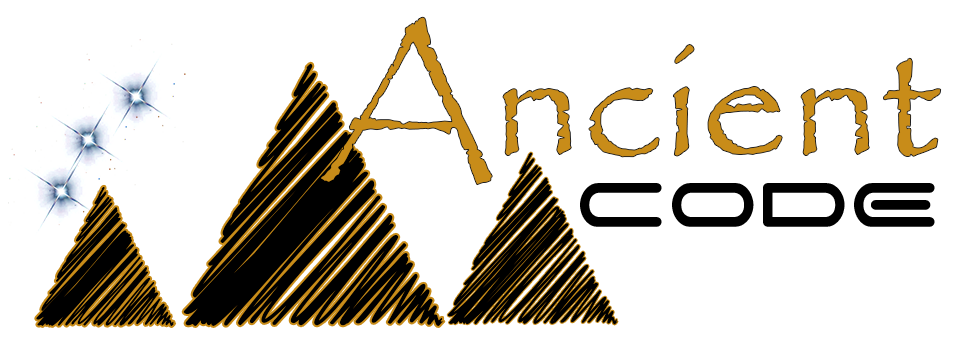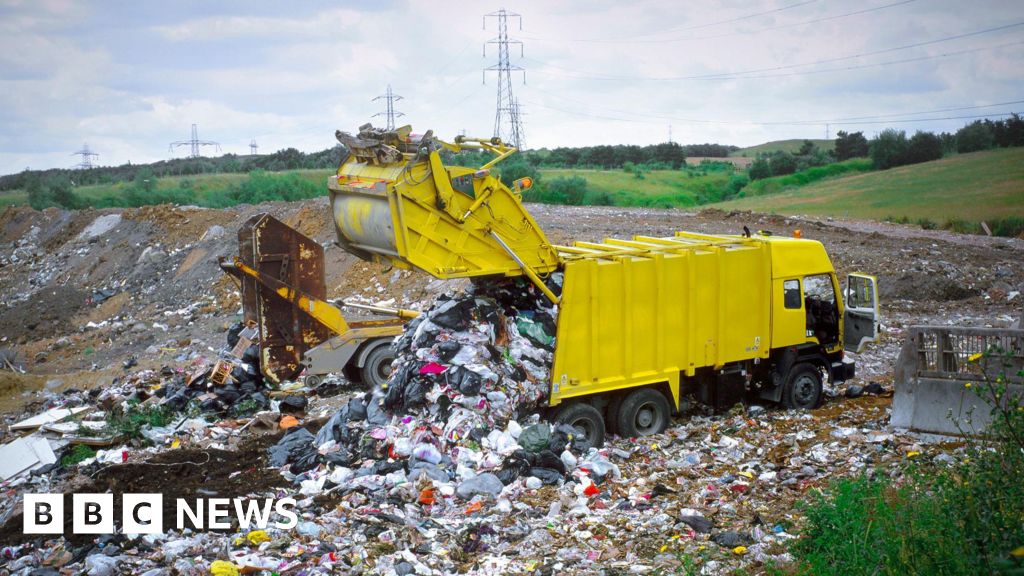YouTube Video Here: https://www.youtube.com/embed/a2744xoqRKo?feature=oembed&enablejsapi=1
When we think of woolly mammoths, we think of creatures that walked the Earth tens of thousands of years ago before the entire species became extinct due to the warming of the planet. But a new study shows that not all of them perished this early, and scientists are narrowing down why the last group died out.
The last mammoths survived on Wrangel Island until just 4,000 years ago after previous domination of the landscape for 90,000 years. In fact, the last mammoths died not long after the ancient Egyptians built the pyramids. (according to conventional dating) That in itself is a wild bit of trivia.
The question is how did they die?
 The pyramids of Egypt, built while the last mammoths on Earth were still living. Image via Wikimedia.
The pyramids of Egypt, built while the last mammoths on Earth were still living. Image via Wikimedia.
Wrangel Island was cut off from the Siberian mainland several thousand years ago due to rising sea levels, thus isolating a group of mammoths and preserving them for thousands of years more than they otherwise would have survived.
 Satellite image of Wrangel Island, where the last mammoths died out 4,000 years ago. Image via Wikimedia.
Satellite image of Wrangel Island, where the last mammoths died out 4,000 years ago. Image via Wikimedia.
Located just east of Alaska and North of Russia in the Arctic Ocean, Wrangel Island was somehow spared from the effects of climate change, giving the mammoths a refuge.
But then they suddenly vanished 4,000 years ago, leaving their bones scattered across the island, where they can still be seen today.
 Location of Wrangel Island in relation to Russia. Alaska is just off the map at left. Image via Wikimedia.
Location of Wrangel Island in relation to Russia. Alaska is just off the map at left. Image via Wikimedia.
 The coast of Wrangel Island. Image via Wikimedia.
The coast of Wrangel Island. Image via Wikimedia.
A team of scientists from Finland, Germany, and Russia wanted to know why these mammoths died out so quickly after having survived thousands of years longer than the rest of their species on an island that could have maintained them into the present day.
So, they gathered bone specimens such as tusks and teeth and performed genetic testing to get answers. What they found is nothing short of fascinating, yet tragic, and contradicts existing theories.
 A mammoth jaw bone and teeth. Image via Wikimedia.
A mammoth jaw bone and teeth. Image via Wikimedia.
According to the study as published by Quaternary Science Reviews:
“Contrary to prior suggestions of gradual habitat deterioration, the nitrogen isotope values of the Wrangel Island mammoths do not support a decline in forage quality/quantity, and are in fact very similar to their north Beringian forebears right to the end. However, compared to Siberian mammoths, those from Wrangel Island show a difference in their energy economy as judged by the carbon isotope values of structural carbonate, possibly representing a lower need of adaptive strategies for survival in extreme cold. Increased mid-Holocene weathering of rock formations in the central mountains is suggested by sulfur isotope values. Scenarios related to water quality problems stemming from increased weathering, and a possibility of a catastrophic starvation event as a cause of, or contributing factor in their demise.”
“Judged from the numbers of radiocarbon-dated mammoth bone finds on Wrangel island, this last island population appears to have vanished rather abruptly,” University of Helsinki Finnish Field Museum of Natural History’s Dr. Laura Arppe told Newsweek. “There [are] no signs of a dwindling population size before the extinction. [It’s] kind of like they hit a wall at approximately 4,000 years ago. All the major changes in climate and range size had taken place long ago: the change to the warm Holocene climate at about 10,000 years ago, the isolation of the island and its reduction to present-day size at about 8,000 years ago.”
 Woolly mammoth skeleton. Image via Wikimedia.
Woolly mammoth skeleton. Image via Wikimedia.
The researchers found that the environment of Wrangel Island remained appropriate for mammoth survival despite a warming climate, but that still doesn’t rule out other factors.
Although the isotope records of Wrangel Island mammoths do not indicate a loss of the typical, optimal mammoth habitat/feeding niche for other mammoth populations shortly before their extirpation, and testify against long-term deterioration of plant growth, there still might be food and drinking water related, hitherto unexplored, environmental factors that might have contributed to their extinction.
Just 1,600 years earlier, a similar group of mammoths stranded on a smaller island in the Bering Sea died out because of worsening water quality. The same fate could have been suffered by the mammoths on the much larger Wrangel Island.
Decreased freshwater quality and availability evidently contributed to the extinction of the Holocene mammoth population on St. Paul Island. It now seems possible that also Wrangel Island mammoths could have faced issues of suboptimal water quality contributing towards reduced fitness of the population, if not direct toxic effects.
 Depiction of a group of mammoths roaming the landscape. Image via Wikimedia.
Depiction of a group of mammoths roaming the landscape. Image via Wikimedia.
It’s also possible that a severe winter contributed to the demise of the mammoths, something that we still see today in living species who live in colder climates.
Winter is and was the nemesis of many animals in the high Arctic. Food is scarcer, of lower quality and harder to access, and the low temperatures impart higher thermoregulatory costs to the animal. Analyzing dentine layers in tusks report the life histories of five woolly mammoths, two Pleistocene individuals from Chukotka and three Holocene animals from Wrangel Island, and conclude that all of them died in the winter.
During winter 2003, an extreme rain-on-snow event on Banks Island, high Arctic Canada, led to pervasive icing of the snowpack, preventing access to food. 20,000 musk-oxen starved to death. On Wrangel Island, reindeer deaths of hundreds to thousands of individuals have occurred after winter icing episodes. The events can be catastrophic to the population and appear to occur fairly often.
 Image by WolfmanSF via Wikimedia Commons (CC BY-SA 3.0)
Image by WolfmanSF via Wikimedia Commons (CC BY-SA 3.0)
“We think this reflects the tendency of Siberian mammoths to rely on their reserves of fat to survive through the extremely harsh ice age winters, while Wrangel mammoths, living in milder conditions, simply didn’t need to,” Arppe said in a statement.
But the team also found evidence of toxic metals in the remains, which could have been ingested when the animals drank water. Even a little warming could have exposed certain rocks to water flow that eroded the toxic metals into the freshwater supply.
Furthermore, the testing revealed inbreeding among the mammoth population, which would have carried significant genetic mutations that rendered the mammoths more vulnerable to a number of things that could have killed them.
“It’s easy to imagine that the population, perhaps already weakened by genetic deterioration and drinking water quality issues could have succumbed after something like an extreme weather event,” University of Tubingen professor Hervé Bocherens from the Senckenberg Center for Human Evolution and Palaeoenvironment said.
More from the Natural History Museum
And so, the mammoths passed into history a whole lot later than we previously believed, but while the scientists have narrowed down the list of possible causes of their demise, they have not found the smoking gun identifying an exact cause of death.
The exact cause of final extinction for the Wrangel Island mammoths remains equivocal, but we suggest it was likely caused by a short-term crisis, possibly linked to climatic anomalies or/and geochemical factors. Furthermore, anthropogenic influence should not be ruled out despite lack of tangible evidence of hunting.
It should be pointed out that evidence of humans on Wrangel Island dates back to a few hundred years after the mammoths had already become extinct, so humans likely played no role.
But humans are playing a major role in the current mass extinction of species occurring on our planet today, and this study will help us preserve the species that still live.
Further isotopic tracking of last members of extinct Pleistocene mammals through their range should help to decipher the complex process of species extinction and maybe provide further insight to help preserve the remaining ones.
Any help we can get to aid in our effort to prevent mass extinctions is certainly welcome. It’s too late for mammoths, but it’s not too late for many species, including the elephant, a relative of the mammoth. If they go extinct as well, the mammoth will truly be lost forever.
Below, find out about another species of a relatively tiny mammoth found at the Channel Islands off the coast of southern California from PBS Eons:
YouTube Video Here: https://www.youtube.com/watch?v=dXwoKEDtdlM
Featured Image: Screenshot via YouTube

 Movie
Movie 3 months ago
110
3 months ago
110 





![Presidents Day Weekend Car Sales [2021 Edition] Presidents Day Weekend Car Sales [2021 Edition]](https://www.findthebestcarprice.com/wp-content/uploads/Presidents-Day-Weekend-car-sales.jpg)



 English (United States)
English (United States)